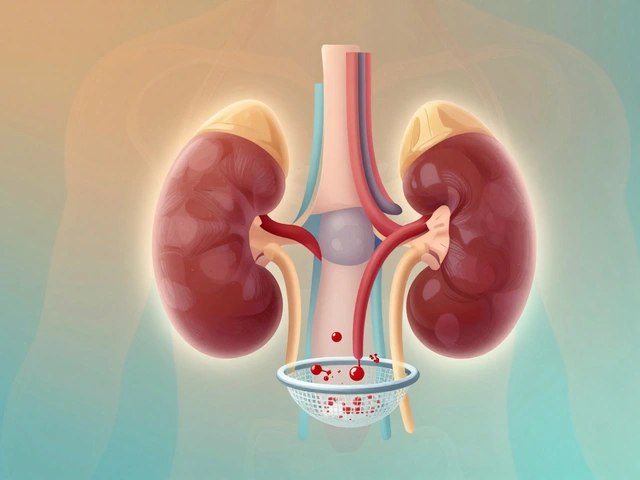Post-Operative Care in Anesthesia Recovery: What You Need to Know
Anesthesia recovery doesn't end when you open your eyes. The first hours and days after surgery set the tone for how quickly you heal and how comfortable you feel. This August 2023 post covers practical steps you or a caregiver can take right away—simple things that cut complications and speed recovery.
Immediate recovery: first hours after the OR
When you wake in the PACU (post-anesthesia care unit), staff checks your airway, breathing, heart rate, blood pressure, and pain level. Expect grogginess, dry mouth, and sometimes nausea—these are common after general anesthesia. If you had regional anesthesia or a nerve block, you may feel numb but clear-headed; don’t try to use a numb limb until sensation returns.
Ask the team for a clear pain plan: what medicine to take, how often, and which side effects to watch for. Use prescribed anti-nausea meds if you feel sick. Sitting up slowly and taking a few deep breaths or using an incentive spirometer every 30 minutes while awake helps clear lungs and prevents pneumonia.
Practical steps for the first 24–72 hours
1) Pain control: Take pain meds as directed. If you're on opioids, add a stool softener and drink water to avoid constipation. Combine with acetaminophen or an NSAID if your surgeon approves—this often reduces opioid need.
2) Breathing and movement: Do deep-breathing exercises, cough gently to clear secretions, and walk short distances as soon as it's safe. Early, gentle movement lowers the risk of blood clots and speeds bowel recovery.
3) Wound care: Keep the dressing clean and dry. Follow instructions about when to change dressings and when a shower is OK. If your doctor told you to avoid soaking, skip baths and swimming until cleared.
4) Hydration and diet: Start with clear fluids, then move to light meals as tolerated. Staying hydrated helps circulation and healing. If nausea keeps you from eating or drinking, call your care team.
5) Medications and follow-up: Continue regular meds only if told. Some drugs need temporary hold after surgery—confirm with your surgeon or anesthetist. Make and keep post-op follow-up appointments; early checks catch problems before they worsen.
Watch for specific red flags: increasing wound redness or drainage, fever above 38°C (100.4°F), sudden shortness of breath, chest pain, severe uncontrolled pain, or a limb that becomes cold, pale, or numb. Call your surgeon or emergency services for any of these.
Recovery timelines vary: grogginess and nausea usually clear in hours; pain and limited mobility often improve over days to weeks; full tissue healing can take weeks to months depending on the surgery. Keep notes on pain levels, meds taken, bowel movements, and any new symptoms to share at follow-up.
Good post-op care is mostly about simple, consistent actions: manage pain, keep lungs clear, move safely, care for the wound, hydrate, and communicate with your team. Those steps help you leave the anesthesia behind and get back to normal sooner.
Alright folks, let's dive into this riveting world of post-operative care in anesthesia recovery. Never thought you'd be intrigued by this topic, did you? But here's the kicker, it's as crucial as a cup of coffee on a Monday morning! It plays a starring role in ensuring the patient bounces back like a ping-pong ball, making a smooth transition from their dreamland back to reality. So, let's give a standing ovation to post-op care, the unsung hero of speedy recovery!



